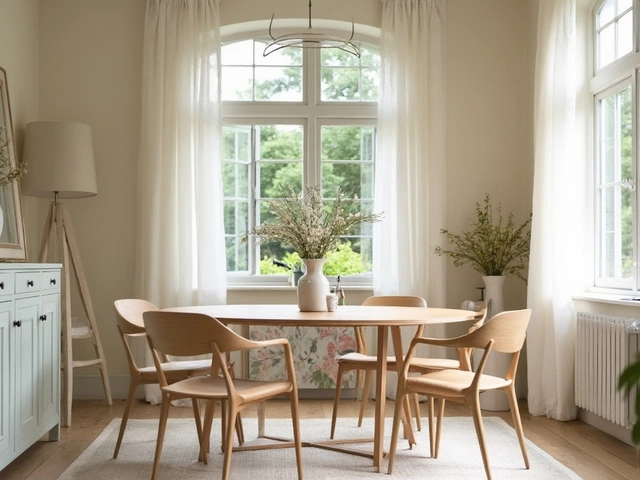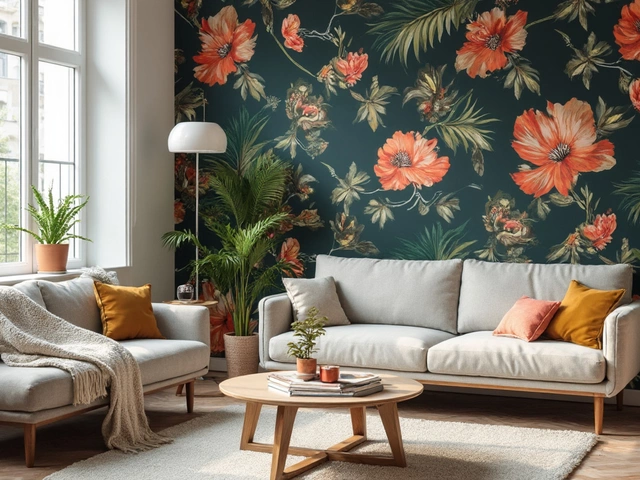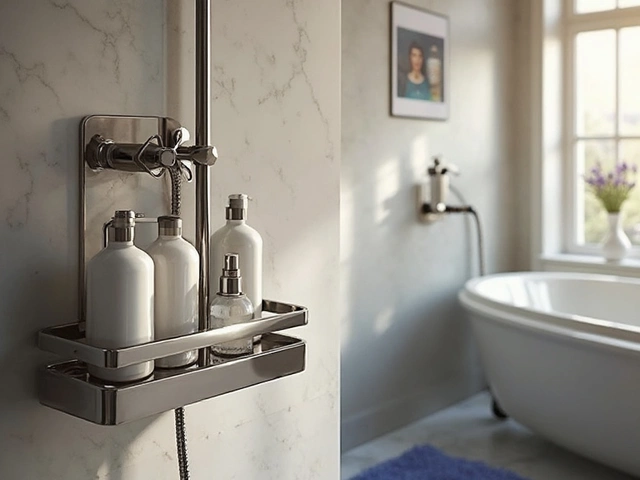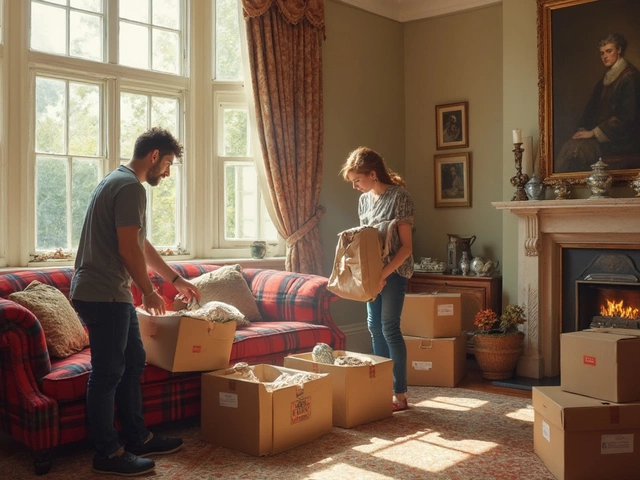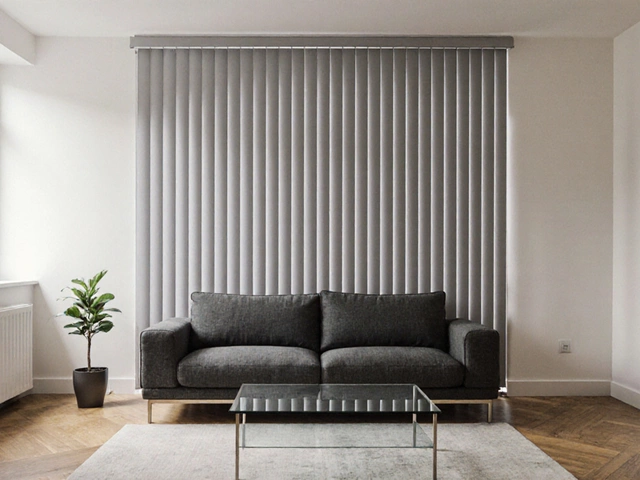Floor Durability: Choose, Protect, and Extend the Life of Your Floors
When a floor looks good today, chances are it will be the backdrop for many memories tomorrow—if you choose the right material and treat it well. Floor durability isn’t just a buzzword; it’s the difference between a room that stays fresh for years and one that needs costly replacement every few seasons.
First, think about the traffic your floor will face. Entryways, kitchens, and family rooms see the most foot traffic, spills, and heavy furniture moves. For these areas, pick a surface that can handle scratches and moisture without warping. Vinyl plank, luxury vinyl plank (LVP), and high‑quality laminate score high on wear resistance while staying budget‑friendly.
Material Matters: Which Floors Last the Longest?
Hardwood brings warmth and timeless style, but not every species is created equal. Engineered hardwood with a thick top layer resists dents better than solid planks on humid nights. If you love the look of wood but worry about pets or kids, go for a matte‑finished oak or bamboo that hides scratches.
Tile—especially porcelain—offers rock‑solid durability. It’s water‑proof, easy to clean, and handles heavy furniture without a squeak. The downside? Cold underfoot and a higher installation cost. For a softer feel, consider luxury carpet with a high‑density twist; it shields against dents and can be replaced with a simple pull‑out when worn.
Everyday Care: Simple Steps to Boost Floor Lifespan
Cleaning doesn’t have to be a chore. Sweep or vacuum with a soft‑bristle brush at least twice a week to remove grit that acts like sandpaper. Damp mop vinyl or laminate with a mixture of water and a few drops of mild dish soap—avoid excessive water, which can seep into seams and cause swelling.Place felt pads under furniture legs. This tiny upgrade stops micro‑scratches from dragging across the surface when you shift a couch or table. For high‑traffic zones, use rug runners or indoor mats. They trap dirt, reduce wear, and add a cozy touch.
Spills happen. Act fast. Blot, don’t rub, to prevent stains from setting. For oil‑based messes on wood or laminate, use a gentle cleaner designed for the specific floor type. Never use harsh chemicals like bleach or ammonia—they can strip the protective finish.
Seasonal maintenance matters too. In winter, use a humidifier to keep hardwood from shrinking and developing gaps. In summer, protect floorboards from direct sunlight with curtains or UV‑filtering film; prolonged exposure fades color and weakens the finish.
When you follow these habits, you’ll notice the floor staying smoother, brighter, and stronger year after year. It’s a small investment of time that saves big bucks on replacements.
Bottom line: pick a material that matches the room’s use, protect it with simple daily habits, and give it occasional TLC during extreme weather. Your floors will thank you with lasting beauty and performance.


